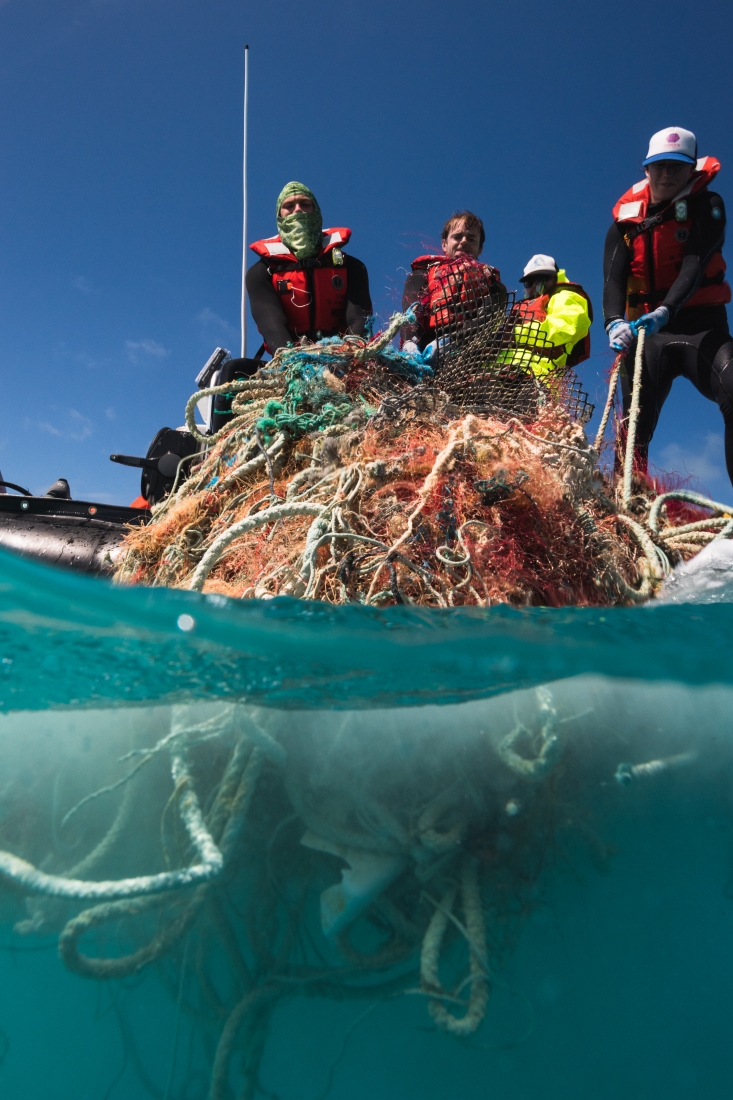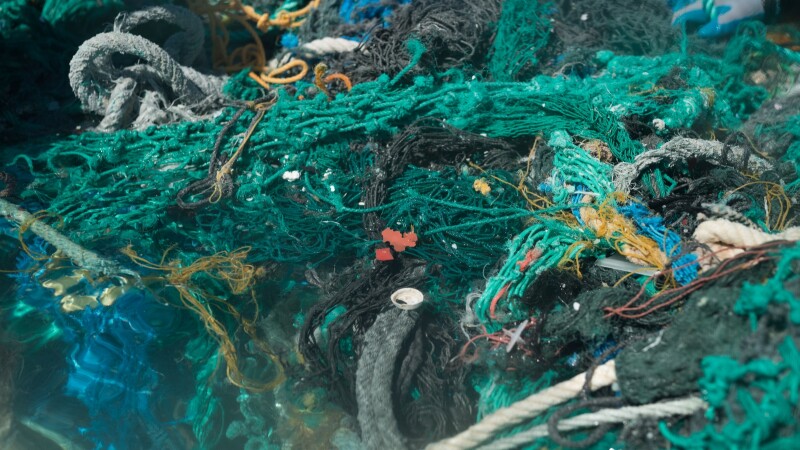The commercial fishing industry battles an ever-present threat: derelict fishing gear.
These "ghost" pots and traps, lost to storms or boat traffic, continue fishing long after they're discarded, ensnaring marine life and disrupting ecosystems and economies. Addressing this issue requires a multifaceted approach, as recent initiatives and studies highlight.
A recent study by the Global Seafood Alliance explored the impact of ghost snow crab pots in the Barents Sea. This research provided valuable insights into the efficacy of self-baited ghost pots, which rely on dead species to attract crabs. Contrary to common assumptions, the study found that these ghost pots had significantly lower catch rates compared to actively baited pots. This revelation challenges the idea that ghost gear consistently captures marine life at high rates, instead showing that the impact varies.
While the Global Seafood Alliance study sheds light on ghost fishing in the Barents Sea, efforts to combat derelict gear in U.S. waters have also gained momentum. In May 2023, NOAA launched the Nationwide Fishing TRAP Program—Trap Removal, Assessment & Prevention, entrusting the Virginia Institute of Marine Science (VIMS) with an $8 million grant to lead the initiative.
The TRAP Program focuses on removing derelict pots and traps used for crabs and lobsters, starting with those in Virginia. It also aims to establish a Derelict Trap Policy Innovation Lab to analyze data and inform state and federal prevention policies. This initiative, the largest in VIMS’ history, includes funding for commercial and tribal fishers to assist in the removal process.
Economic and Environmental Stakes

The stakes of ghost fishing are significant, both economically and environmentally. Past removal efforts, like the Chesapeake Bay project, demonstrated the benefits of tackling derelict gear. Andrew Scheld from VIMS highlighted that removing ghost pots led to a $21.3 million increase in harvest value, a 27 percent boost from what would have occurred if the pots had remained. This success underscores the importance of coordinated efforts like the TRAP Program.
A Unified Approach to Combat Ghost Gear
Both the Global Seafood Alliance study and the TRAP Program highlight the critical need for comprehensive strategies to combat derelict fishing gear. By combining localized initiatives with broader research, the fishing industry can mitigate the harmful impacts of ghost gear. These efforts protect marine life, support fishermen’s livelihoods, and sustain our oceanic ecosystems.
For further details on these initiatives, visit the Global Seafood Alliance's website and follow the progress of the TRAP Program.







